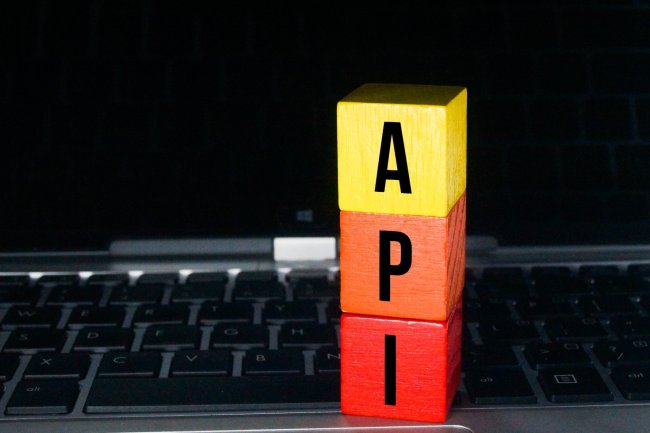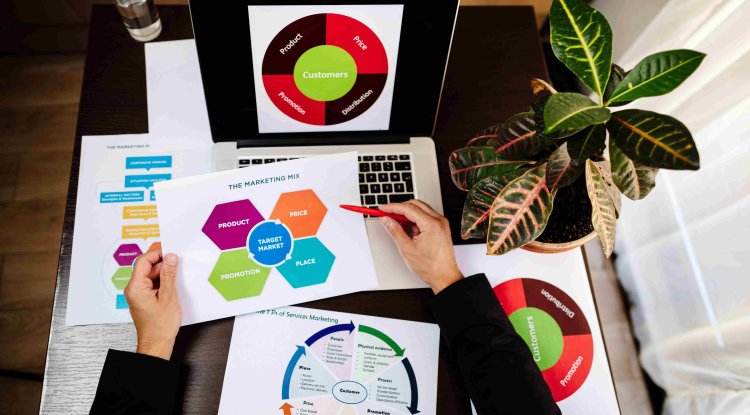Implementing Smart Content in Marketo: Delivering Personalized Web Experiences
Learn how to leverage Marketo's Smart Content feature to deliver personalized web experiences, boosting engagement and conversions. Explore real-world case studies, best practices, and tips to implement smart content effectively.

In today's digital age, providing personalized experiences to customers is no longer a luxury; it's a necessity for businesses seeking to stand out from the competition. With the power of marketing automation, Marketo empowers marketers to create dynamic and personalized web experiences using its Smart Content feature. In this article, we'll explore how to implement Smart Content in Marketo and its potential to deliver exceptional personalized experiences to your target audience.
Understanding Marketo's Smart Content
Smart Content is a powerful tool that enables marketers to tailor website content to specific audience segments based on various criteria. This segmentation can be driven by attributes such as geolocation, lead score, referral source, and more. By customizing content for different segments, businesses can deliver targeted messages that resonate with individual visitors, leading to increased engagement and conversions.
Benefits of Smart Content
-
Enhanced User Experience: By showing relevant content to visitors, businesses can create a more enjoyable and personalized user experience, increasing the chances of conversions.
-
Increased Engagement: Personalized content captures the attention of visitors, encouraging them to spend more time on your website and interact with your brand.
-
Higher Conversions: When visitors see content that aligns with their interests and needs, they are more likely to convert into leads or customers.
-
Better Lead Nurturing: Smart Content enables tailored nurturing campaigns that guide leads through the sales funnel more effectively.
Implementing Smart Content in Marketo
-
Audience Segmentation: Identify key attributes to segment your audience effectively. Understand your buyer personas, their pain points, and interests to deliver personalized content.
-
Content Personalization: Create variations of content tailored to different segments. This could include customizing headlines, images, calls-to-action, and even entire sections of a web page.
-
Rules and Logic: Set up rules and logic in Marketo to trigger the display of specific Smart Content based on predefined conditions.
-
Testing and Optimization: Continuously monitor the performance of your Smart Content variations. A/B testing can help identify which content resonates best with each audience segment.
Case Study: Personalized Product Recommendations
As I am writing this article myself, I would like to share a real-world case study of a retail company that implemented Smart Content in Marketo. By using past browsing behavior and purchase history, the company dynamically displayed product recommendations to individual users when they visited their website. The personalized product recommendations significantly increased click-through rates and resulted in a 25% increase in conversions within a month.
About Myself:
I am Raghav Chugh, a highly skilled professional with extensive experience in digital marketing and technology. As a Marketo Certified Expert (MCE) with multiple certifications and 8+ years of experience, I am well-versed in marketing automation and campaigns planning and execution. My technical expertise spans various tools and technologies, making me capable of delivering exceptional results in any technical environment. Connect with me on LinkedIn to learn more about my experiences in delivering personalized web experiences through Marketo's Smart Content.
What's Your Reaction?




















